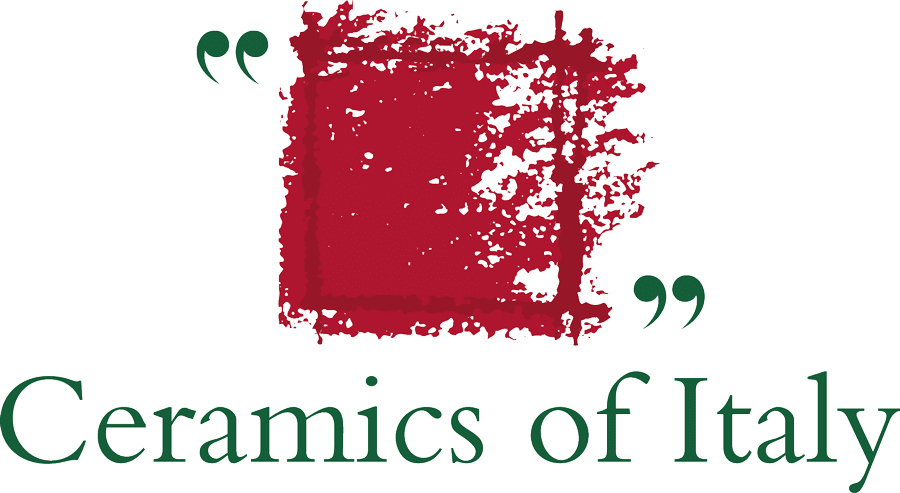Ceramic in its various forms is the most widely used material in traditional buildings. Versatile, hard-wearing and now increasingly sustainable and environment-friendly, it is a key component of structures (brickwork for masonry and floors), finishings (interior and exterior tiles) and bathroom furnishings (one of its main areas of production and use).
Italy has always been a leading producer of ceramic sanitaryware. The Civita Castellana area in particular is one of the world’s foremost centres of production, research and development, renowned for the exceptional levels of design and technical quality of its products.
Research and innovation efforts are now focused on achieving ever higher levels of sustainability in terms of both production processes and the performance of finished products.
For example, by choosing WCs from the Water Ecolabel 6 litre class (instead of the still widely adopted 13 litres), a building with 50 housing units will save a total of 547,000 litres of water each year. Efforts to improve the efficiency of the entire production cycle result in a smaller carbon footprint, considerable improvements in the consumption of non-renewable resources and less environmental pollution, as well as cost savings at source which ensure a better quality-to-price ratio.
Recycling, recovery and care for the environment are the bywords right from the very first steps in the process. Based on a hand drawing of the object, a resin model is made using numerically-controlled machines guided by a virtual 3D model. The resin model is then used to create a reusable plaster mould, into which the mixture of water, clay and aggregate is poured. It is left to dry for 5 days, then fired in kilns and glazed.
The resultant Water Ecolabel 6 litre class product is treated with glazes designed to ensure the safety of installers, prevent the formation of mould and facilitate cleaning and hygiene. The heat produced in the kilns is recovered and reused in the drying process, while 95% of all wastewater is recycled. All defective pieces and old plaster moulds are fully recycled, as is the hazardous ceramic sludge which in the past was the main source of environmental pollution.



 Architects
Architects

